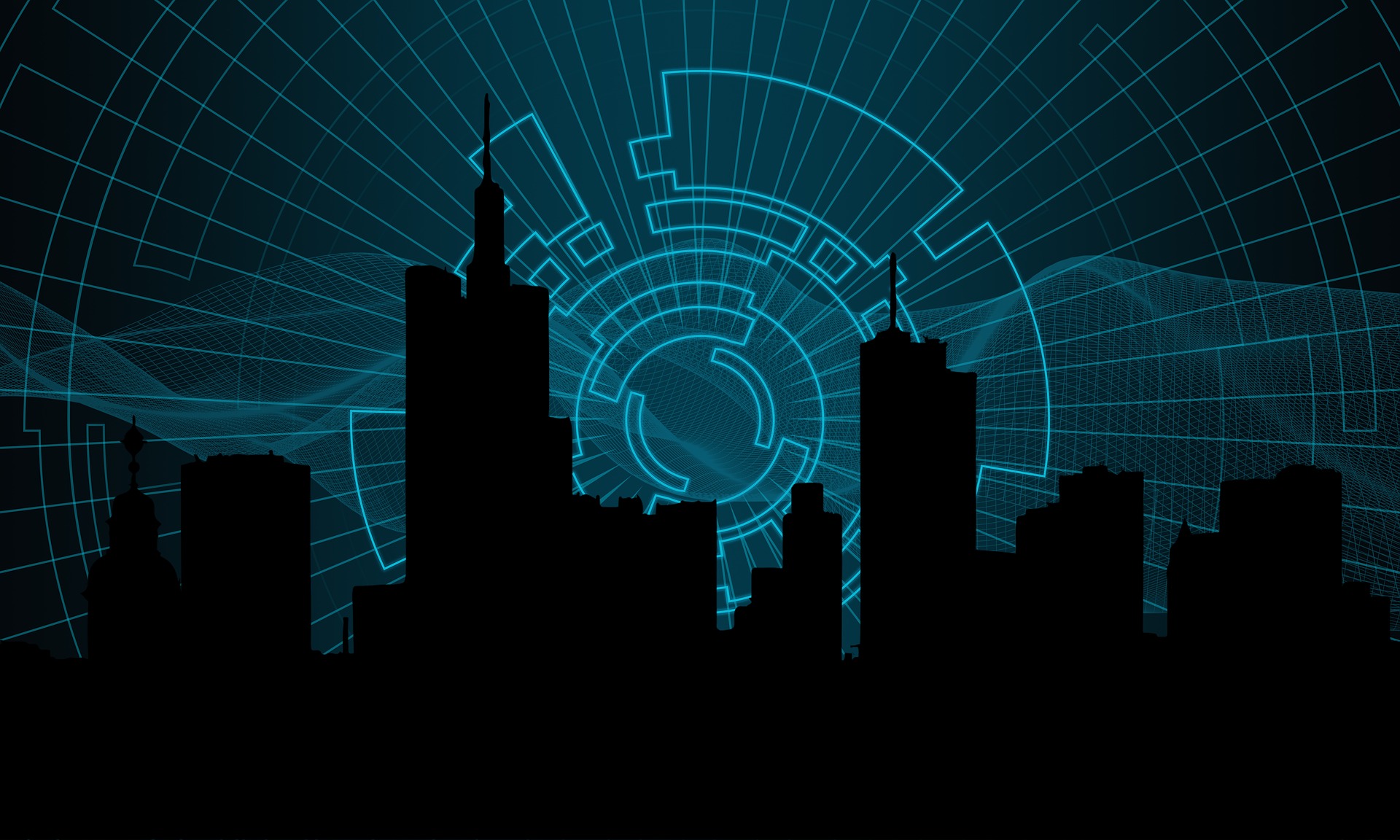Get “smart” or fade away – not you as a person or your TV but you the city or town. Communications and technology are changing at a rate not seen before. “Not in my lifetime” is an axiom used frequently by older generations but these old generations will see change like never before – driverless cars, robotics, artificial intelligence, and other crazy inventions. For your city or town to survive it will need to become “smart” and to differentiate itself in the process. Your town has to be more livable and sustainable than other towns.
Why get “smart” or fade away? As the younger generations age and they produce the next generation, ICT (information communications and technology) will be an inherent part of life. Advancements in technology will make computers and smartphones look like typewriters and rotary phones (if your city is still using them, it’s time to move your finger in a circular motion and call NeuComm asap). The younger generations will demand ITC infrastructure and services from your city. If your city doesn’t provide such assets, people will move to one that does and eventually your “antiquated” city will fade away. If you don’t think it can happen, look at Detroit.
If you decide to adopt the “smart” design, you will need to implement ICT in a manner that will differentiate your city from other cities. Differentiation is important because it defines your city’s culture and the type of people your city wants to attract. Not all cities are the same and being “smart” doesn’t make them the same. ICT assets are a way to improve your city’s services, augment your natural and human made assets, and exemplify your spirit. Updating existing infrastructure and adding new systems will contribute to a positive experience and today’s U.S. economy is all about experiences.
But what does “smart” mean, what are the attributes, and how do we get “smart”? The meaning is diverse; there is no one definition or preset mold for “smart.” The attributes will vary depending on the needs of your city and how you get there depends on the current state of your city. NeuComm is prepared to guide your city through the process. For now, we can provide brief answers to these questions which should help you decide if you want to take action and partner with NeuComm.
So, what’s with the term “smart” anyway? Are there other descriptive labels besides smart like intelligent, digital, ideological, or ubiquitous? What do you want to call your city? For public relations purposes the two labels that sound the best may be smart or digital. Intelligent has an arrogance about it, ideological is too divisive, and ubiquitous is too broad. So, between smart and digital, the better label is smart. Given the way technology is changing, digital may be obsolete in the near future. You can’t go wrong with smart. As technology changes, your city can get smarter.
Here is a list of definitions from scholars who study and write about “smart” cities:
Citation |
Article, Author |
Being a smart city means using all available technology and resources in an intelligent and coordinated manner to develop urban centers that are at once integrated, habitable and sustainable. Drawing on the urban development model of the IESE Cities in Motion project, we have identified five types of capital that contribute toward a city’s intelligence:
These are the lifeblood of the modern urban system, and can be nurtured through strategies targeting innovation, social cohesion, sustainability and connectivity. Failure to adapt to the new urban reality could be disastrous for cities facing unprecedented demographic, economic, social and environmental pressures. |
Smart Cities, Sustainable Progress. Barrionuevo et al. (2012) |
| We believe a city to be smart when investments in human and social capital and traditional (transport) and modern (ICT) communication infrastructure fuel sustainable economic growth and a high quality of life, with a wise management of natural resources, through participatory governance. | Smart Cities in Europe Caragliu et al. (2011) |
| Regardless of how many dimensions a smart city may expose, a literature review reveals two main streams of research ideas: 1) smart cities should do everything related to governance and economy using new thinking paradigms and 2) smart cities are all about networks of sensors, smart devices, real time data and ICT integration in every aspect of human life.
We rally to the second research direction and will introduce a reference model for smart cities as well as the method to involve ICT in the implementation of such model. The motivation comes from our belief that it is about time to define the logical artifacts needed to design smart cities as systems. Our approach builds on the basis of three axioms:
|
Smart Cities Design using Event-driven Paradigm and Semantic Web Cretu (2012) |
| While systems in industrial cities were mostly skeleton and skin, post-industrial cities are like organisms that develop an artificial nervous system, which enables them to behave in intelligently coordinated ways. The new intelligence of cities, then, resides in the increasingly effective combination of digital telecommunication networks (the nerves), ubiquitously embedded intelligence (the brains), sensors and tags (the sensory organs), and software (the knowledge and cognitive competence). There is a growing web of direct connections to the mechanical and electrical systems of buildings, household appliances, production machinery, process plants, transportation systems, electrical grids and other energy supply networks, water supply and waste removal networks, systems that provide life safety and security, and management systems for just about every imaginable human activity. | Conceptualizing Smart City with Dimensions of Technology, People, and Institutions
Nam and Pardo (2011) |
| While employers have no direct influence on urban planning and location branding, they have a vested interest in actively collaborating with local government agencies, political leaders and community welfare groups in improving the attractiveness of a place. A smart city requires a smart workforce. Therefore, both urban planners and employers need skilled workers. This common need requires both to work together in improving social capital and enhancing locational branding. Quality of life in a place depends on the overall life experience of its citizens which can augment the ‘stickiness’ of a place in the slippery slope of globalization. The concept of industry clustering also refers to the development of a ‘community of knowledge workers’ where the knowledge and skills of people reinforce each other creating a multiplier effect and a highly ‘networked’ community. | Smart cities: implications of urban planning for human resource development. Thite (2011) |
Pretty overwhelming but provides food for thought. Below is a list of attributes based on the definitions above. It is not all inclusive and based on your city’s needs, you may add to it.
- Quality of life
- Sustainability
- Government
- Job Growth
- Human – arts, sciences, education, innovation
- Management of systems, assets, and resources
- ITC infrastructure
- Mobility
- Interconnection and integration
- Applications
With that – what type of “smart” city do you want to be? A great exercise is to make a list of all the positive and challenging attributes of your city. Then review your mission and vision. Do they all align? Do you want to make changes? Based on your answers, NeuComm can design the foundation for a smarter city and map a course to make it a reality. NeuComm wants to help your city thrive. If you’ve already performed all the necessary exercises and your city is ready to implement, NeuComm has all the resources to build the foundation of your “smart” city.







